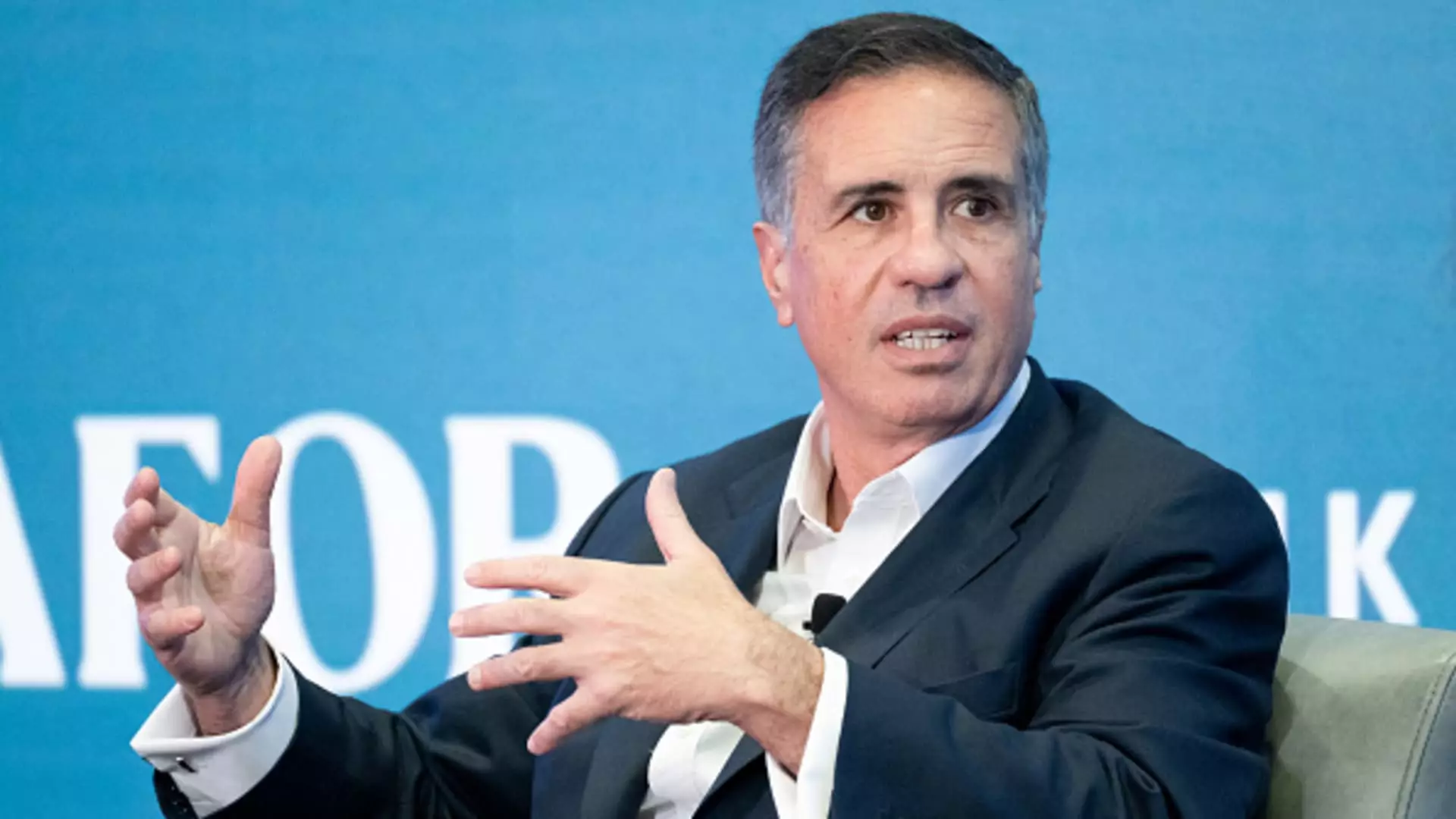JPMorgan Chase, one of the largest U.S. banks, experienced a significant drop in its stock price by 5% after the bank’s president, Daniel Pinto, expressed concerns about the overly optimistic expectations for net interest income (NII) and expenses in 2025. Pinto stated that the current estimate of $90 billion for NII next year is unrealistic due to potential interest rate cuts by the Federal Reserve. This pessimistic outlook led to a further decline of over 7% in the bank’s shares, marking the biggest drop since June 2020.
NII is a crucial source of revenue for banks, representing the difference between the cost of deposits and the earnings from lending or investing activities. With interest rates on the decline, banks face challenges in generating NII as new loans and investments offer lower yields. While falling rates may deter customers from shifting funds to higher-yielding instruments, they also reduce the profitability of new assets, creating a complex scenario for banks like JPMorgan. Pinto acknowledged the bank’s sensitivity to interest rate movements, indicating that lower rates could alleviate pressure on deposit repricing but pose challenges for asset yields.
Pinto also expressed skepticism towards the analyst estimate of approximately $94 billion for expenses in the next year, citing lingering inflation and increased investments by the bank. He hinted at potential higher expenses than currently anticipated, signaling a need for careful cost management amid uncertain economic conditions. It is evident that JPMorgan faces significant challenges in balancing expenses with revenue generation, especially in a volatile market environment.
Despite the concerns over NII and expenses, JPMorgan remains hopeful about its third-quarter performance, expecting flat to slightly increased revenue in trading activities and a significant jump in investment banking fees. However, these projections may face obstacles similar to those encountered by competitors like Goldman Sachs, which recently reported a decline in trading revenue due to tough year-over-year comparisons and challenging market conditions in August. The mixed outlook for revenue streams highlights the inherent uncertainties in the banking sector, requiring firms to adapt to changing market dynamics effectively.
JPMorgan Chase’s financial outlook raises valid concerns about its ability to maintain NII growth and manage expenses amidst external pressures from interest rate movements, inflation, and market volatility. The bank’s performance in the coming quarters will be closely scrutinized by investors and analysts, emphasizing the need for strategic decision-making and risk management in a rapidly changing economic landscape.

